5 min read
14 Facts You May Not Know About Contributions of Indigenous Veterans
November 8 is National Indigenous Veterans Day, a memorial day observed to honour the contributions and sacrifices of Indigenous Peoples who served...
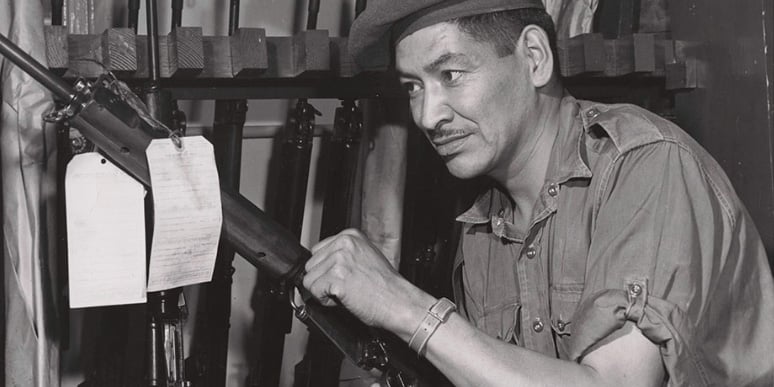
5 min read
November 8 is National Indigenous Veterans Day, a memorial day observed to honour the contributions and sacrifices of Indigenous Peoples who served...
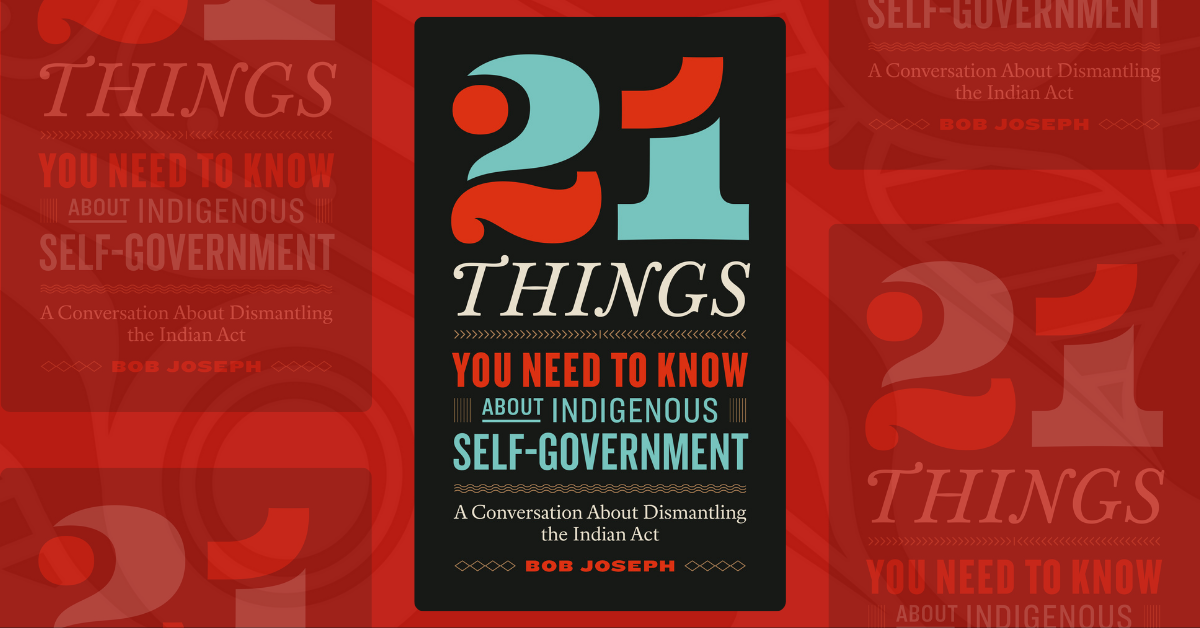
2 min read
While writing my new book, 21 Things™ You Need to Know About Indigenous Self-Government, many people asked me, “why this book and why now?” The...
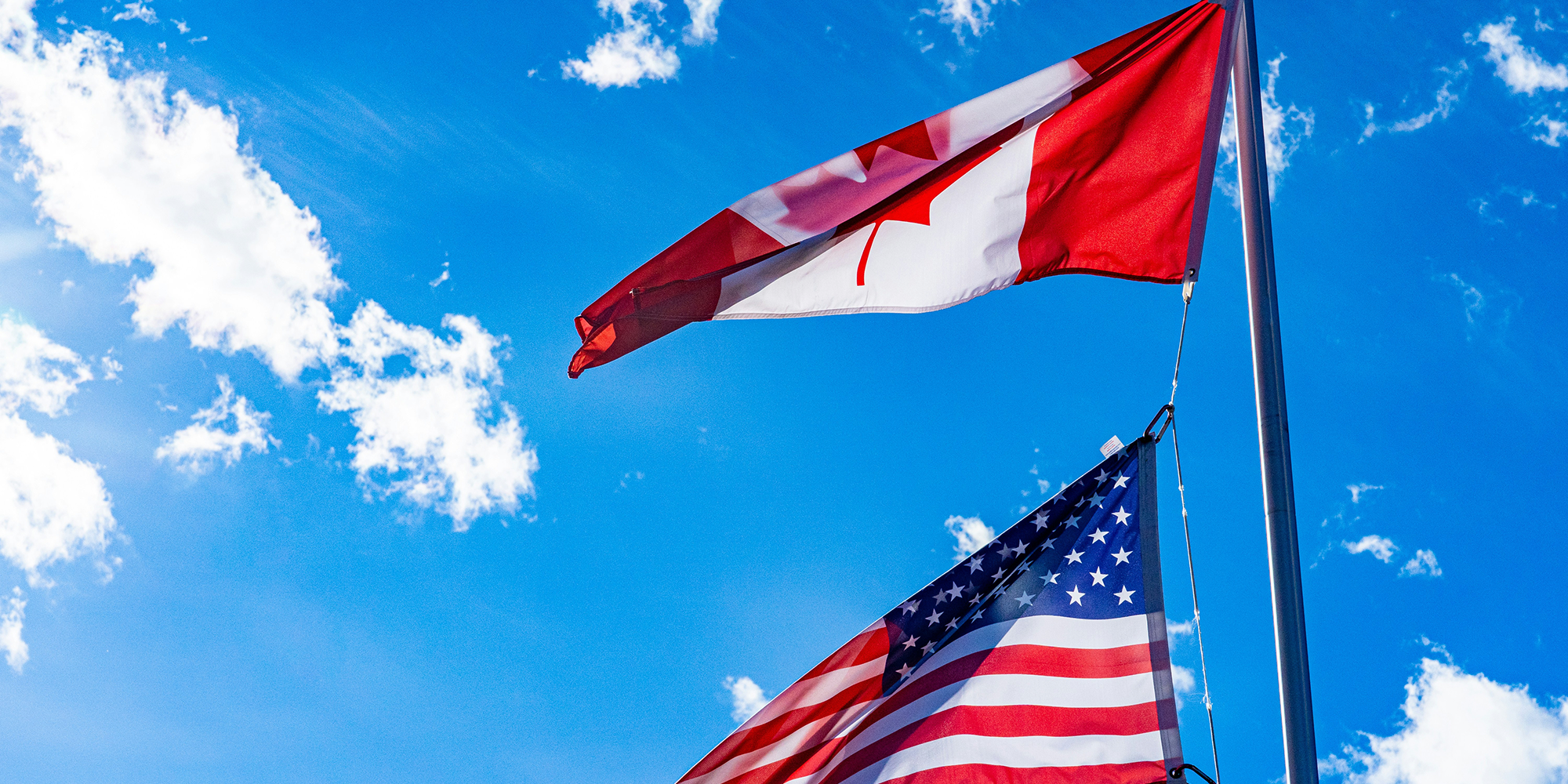
3 min read
Some days it really feels like the whole world is going crazy. The economy is sputtering amidst trade wars and tariffs, there is a renewed interest...
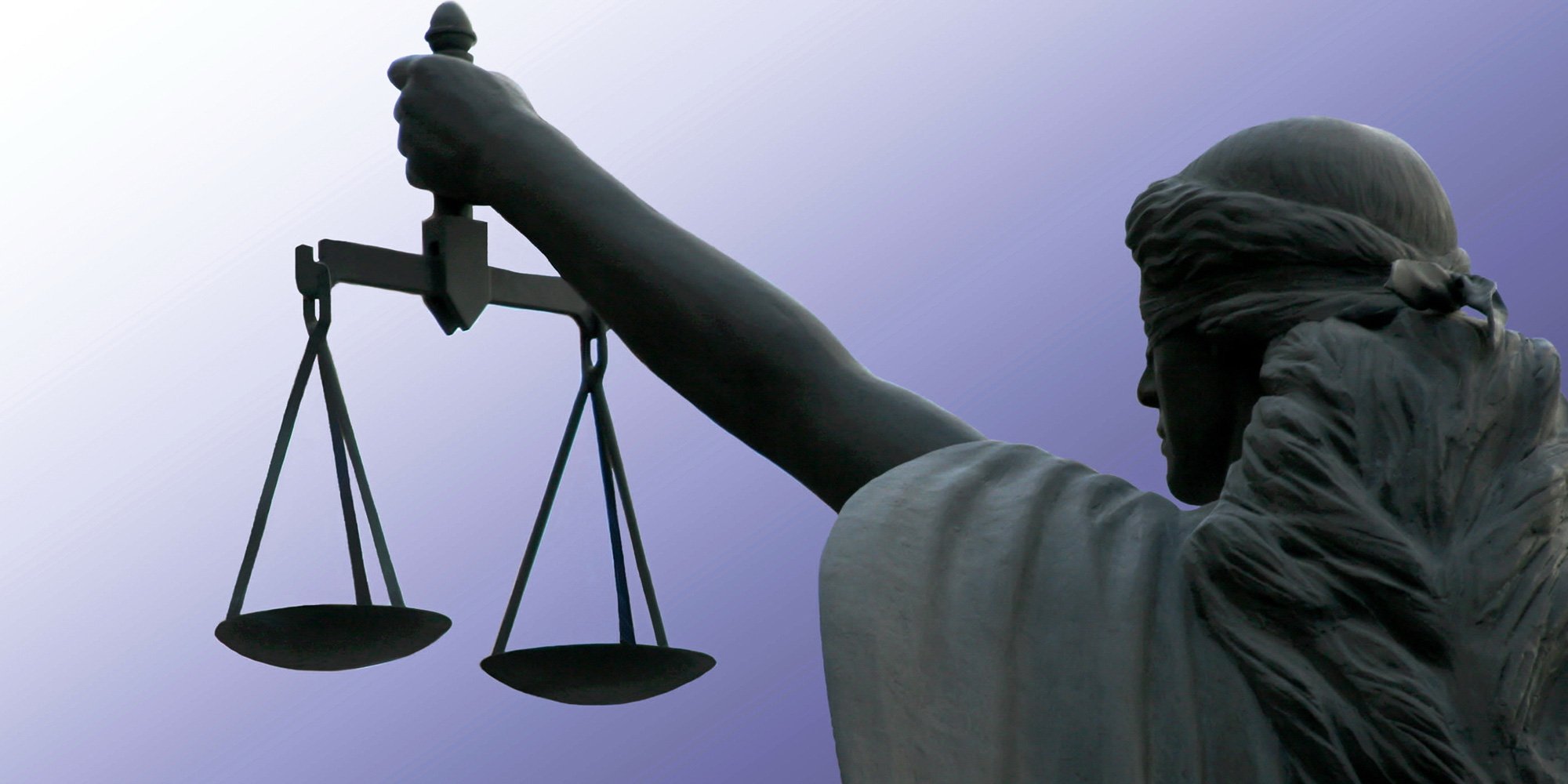
8 min read
The doctrine of Aboriginal rights exists… because of one simple fact: when Europeans arrived in North America, Aboriginal peoples were already here,...
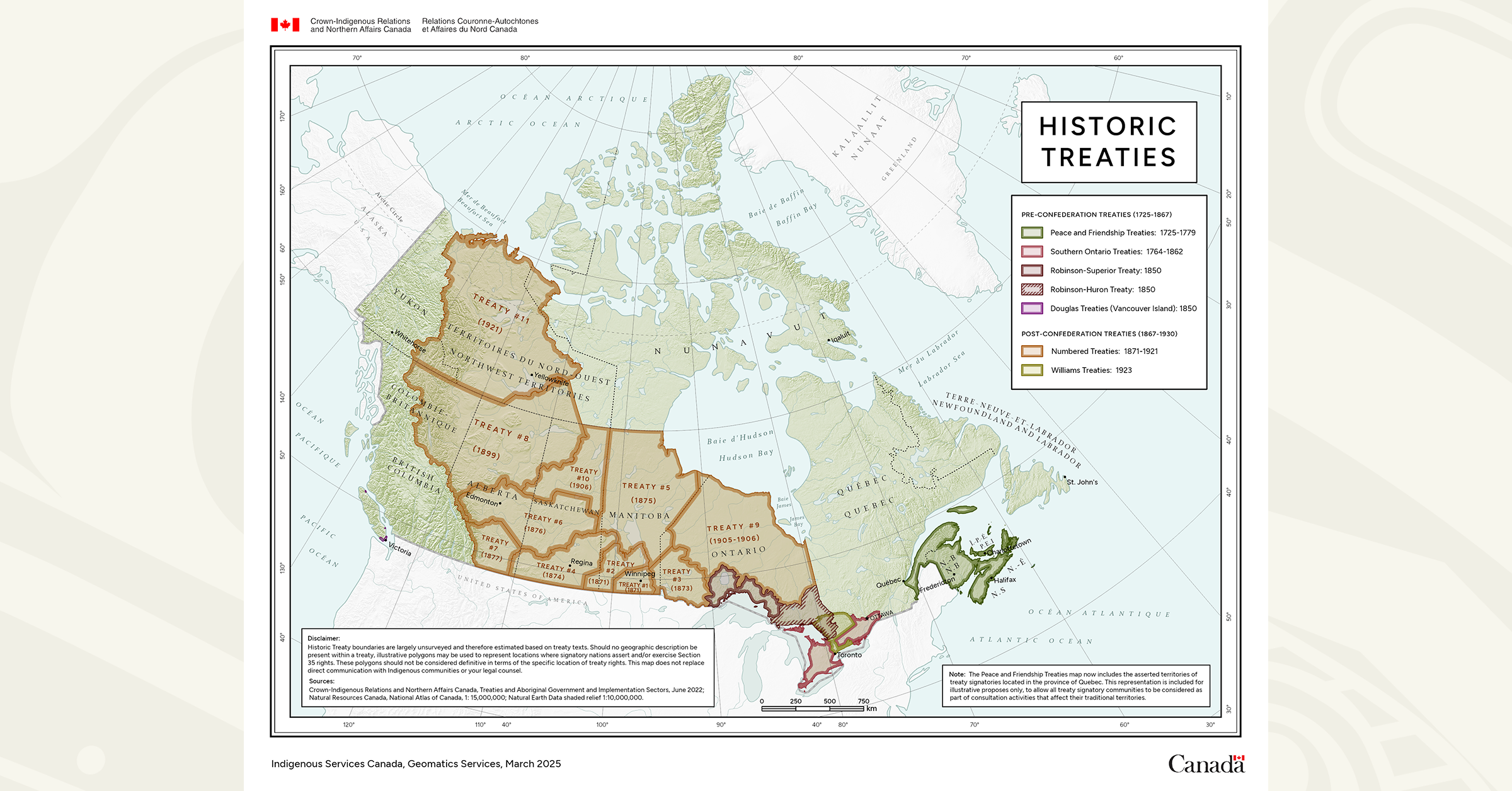
3 min read
Treaty-making is not anything new in Canada. In fact, treaties pre-date the creation of the country and were instrumental in shaping what became...

2 min read
First commemorated in 1994, National Indigenous Veterans Day, November 8th, is a day to remember and recognize Indigenous contributions to military...

3 min read
This is a brief look at an extraordinary, passionate, grassroots Indigenous movement in Canadian history that altered the direction of the...
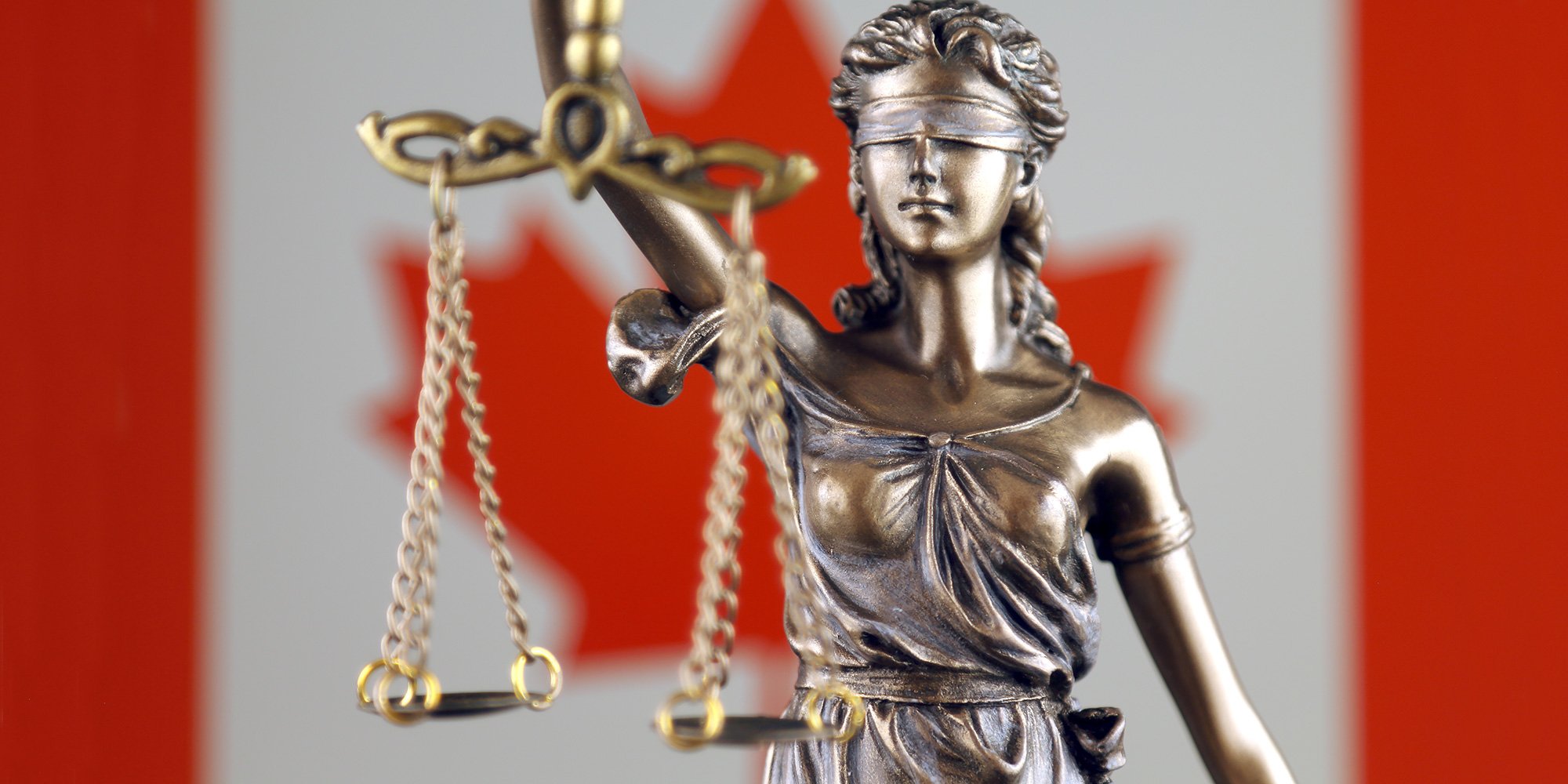
5 min read
Indigenous Peoples believe they have held title to their traditional lands or territories from the moment their Creators placed them on that land...
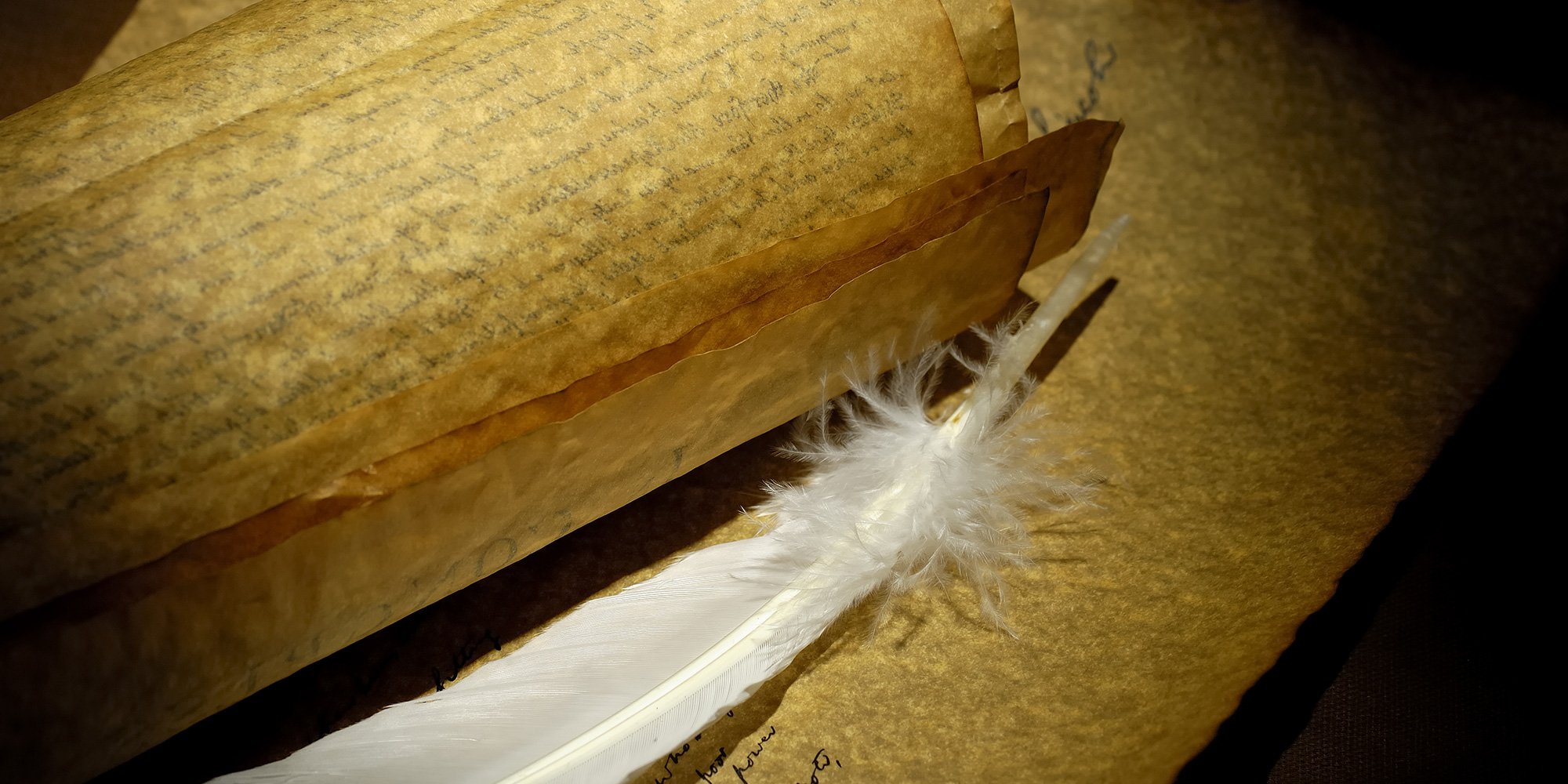
3 min read
The Doctrine of Discovery was used by European monarchies, beginning in the mid-fifteenth century, as a means of legitimizing the colonization of...

4 min read
The report of my death was an exaggeration. Mark Twain Is reconciliation dead? Our trainers and staff frequently are asked this question, and their...